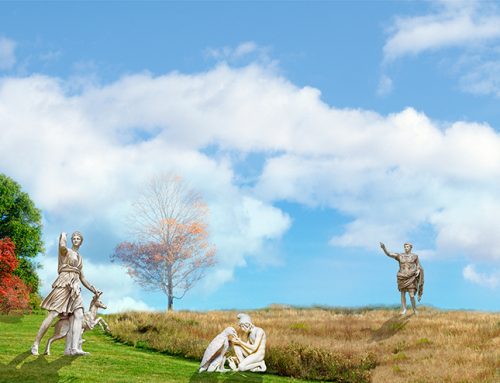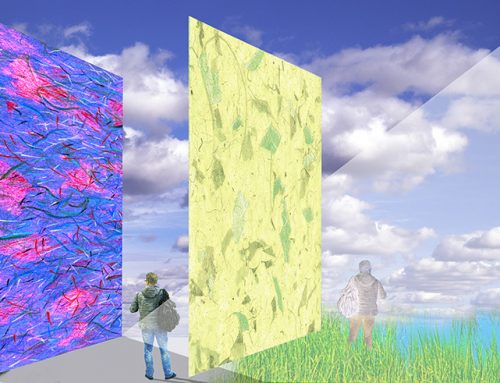Research studies in healing art, have consistently linked plants and particularly flowers with our well being.
Flowers as healing art
Flowers have the power to brighten a dull interior and perfume a room with their natural fragrances. They have many therapeutic properties and can enhance our quality of life. In the most direct way flower stimulate our sight with their rich colors and our sense of smell with their rich fragrances. Research on Healing Art concluded that art positively impacts our state of mind and emotional responses.
There are many flower therapies. Flower essences, homeopathic remedies, teas and infusions just to name a few. And of course last but not least there is also a healing art therapy. This therapy involves reconnecting with the healing power of nature. And also, it includes interacting with one of nature’s nicest elements, flowers.
At home, we can easily purchase a bouquet of flowers to create a positive mood, brighten our world and heal our souls from everyday stress. The hospital patient confined to a bed does not have this luxury. A visitor could perhaps bring flowers. Regrettably, however, many hospitals deem cut flowers are bad for hospital rooms. They quote dangers of possible bacterial infection and maintenance issues.
Mimesis
So the “real thing” cannot be easily implemented in a patient room. In hospitals where the cut flowers and plants are banned, an alternative that can positively impact the healing process is Mimesis. This word directly translated from Greek means imitation. To accomplish nature imitation, Interior Designers specify healing art nature pictures or photography.
Among the many flowers that can offer therapeutic benefits, one fascinating species are the tulips. The primary significance of tulips is “perfect love”. Tulips are now grown throughout the world, but people still identify the cultivated varieties as “Dutch tulips”. Tulips in the Netherlands have been popular since the 1600’s. It is generally believed the flower was brought from Turkey, introduced to Europe in 1554 (Wikipedia). “Tulip” originates from the word “Tulipan”(“Turban” in Persian). The best place to fully absorb and perceive the beauty of this wonderful flower is at the Keukenhof Gardens, home to every imaginable tulip species one can think of. My photo shoot yielded many captures worthy of the trip. Some were processed into photorealistic images but many more resulted in abstracts and semi-abstract images in which the main point of interest is just color, the strongest attribute of the tulip.
Interior Designers need to specify more Healing Art with tulip motifs on their projects.
The conclusion
Buying art can help in the healing process. To learn more, read the article “Why should you buy art” on the BLOG.
Sources:
“Are cut flowers really bad for hospital rooms?” Julia Layton – http://health.howstuffworks.com/mental-health/human-nature/health-myths/flowers-in-hospital1.htm
“Effects of Flowering and Foliage Plants in Hospital Rooms on Patients…” Park, Seong-Hyun, Richard H. Mattson. http://www.citeulike.org/group/6095/article/4301682
“Flowers May Help After Surgery” KIRO TV. Dec. 31, 2008 – http://www.kirotv.com/health/18387829/detail.html
“Flower Power” Snopes. – http://www.snopes.com/oldwives/flowers.asp
“Impact of the respiration of ornamental flowers…” Gale, Rena, Rivka Redner-Carmi, and Joseph Gale. International Archives of Occupational and Environmental Health – http://www.springerlink.com/content/j2x1p2434x732438/






